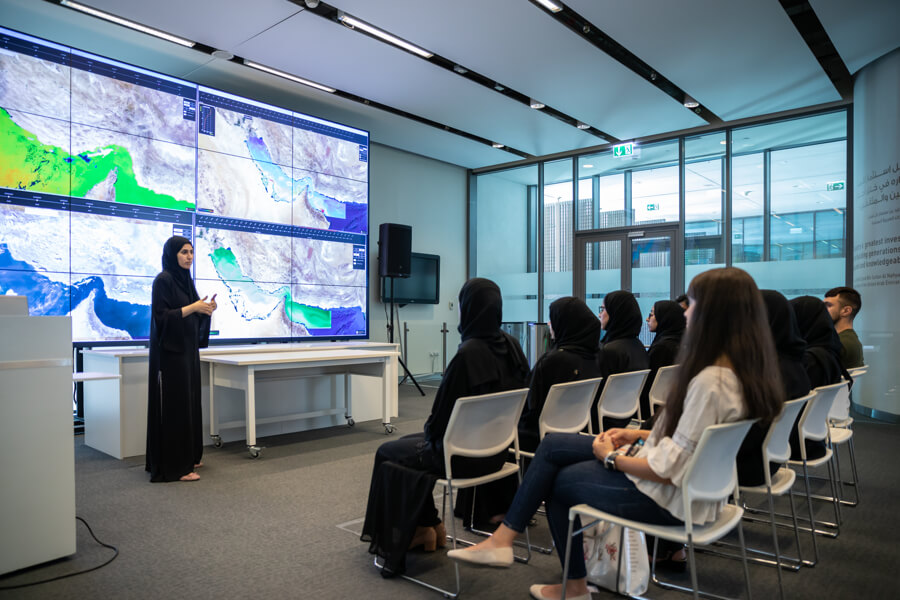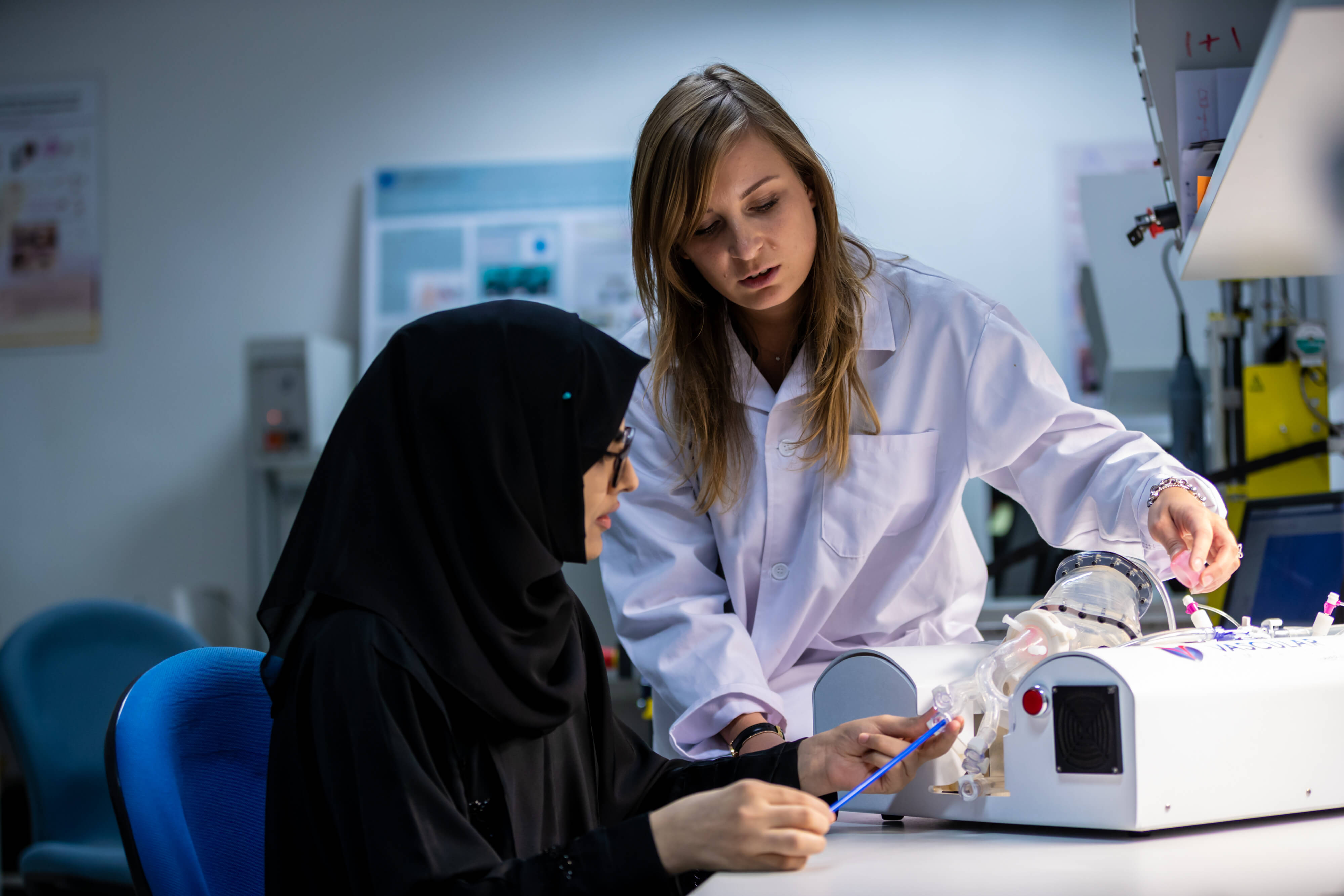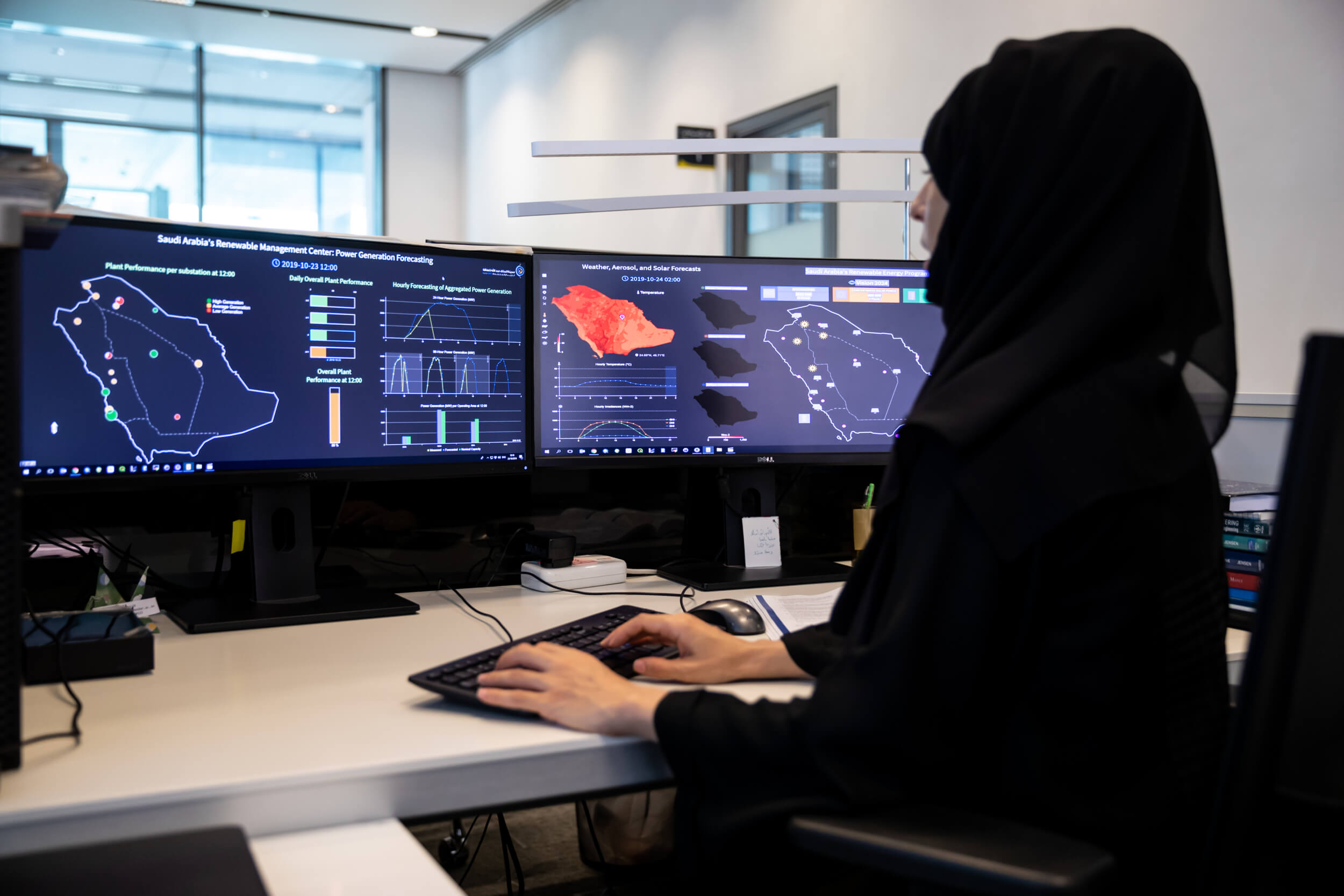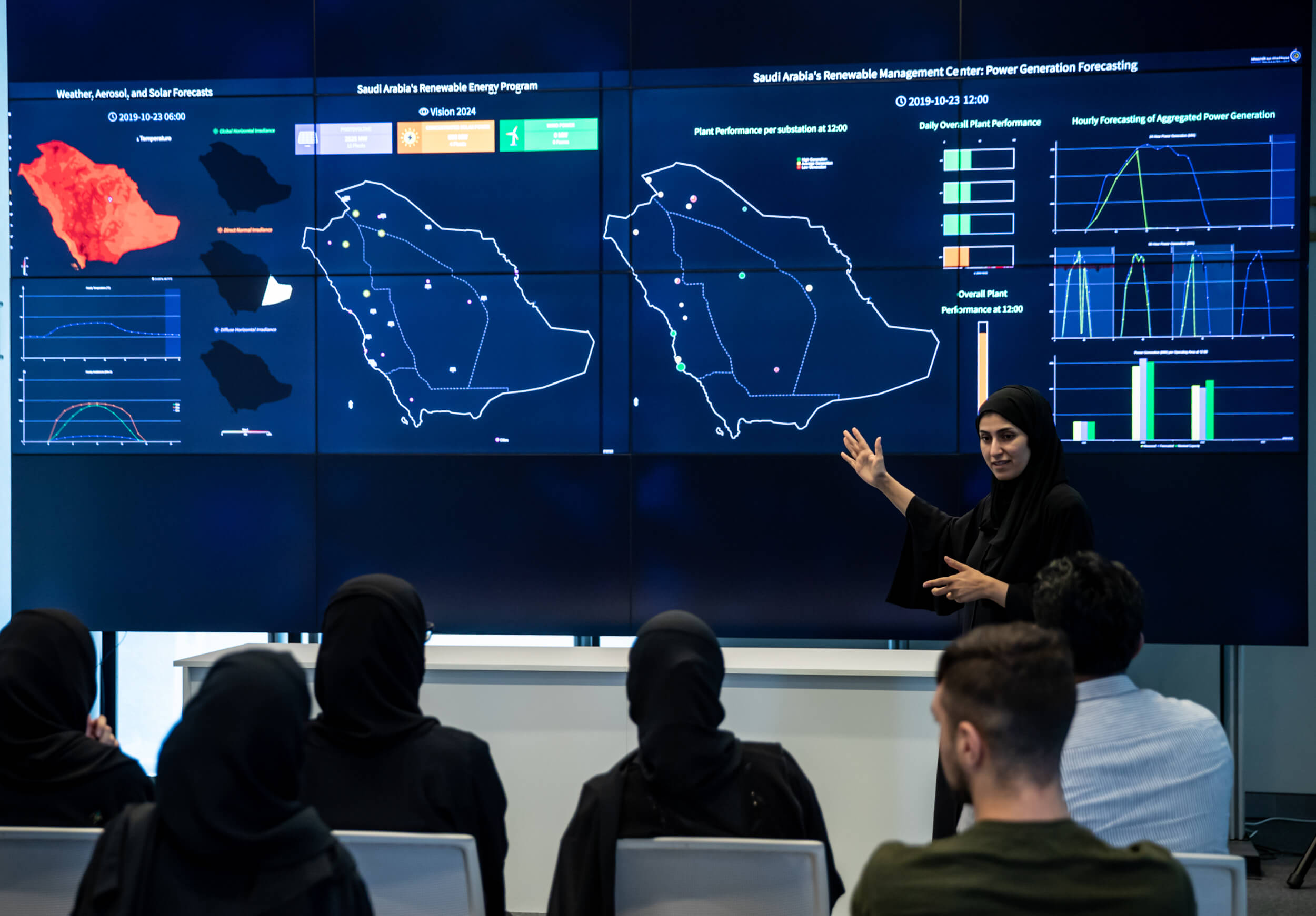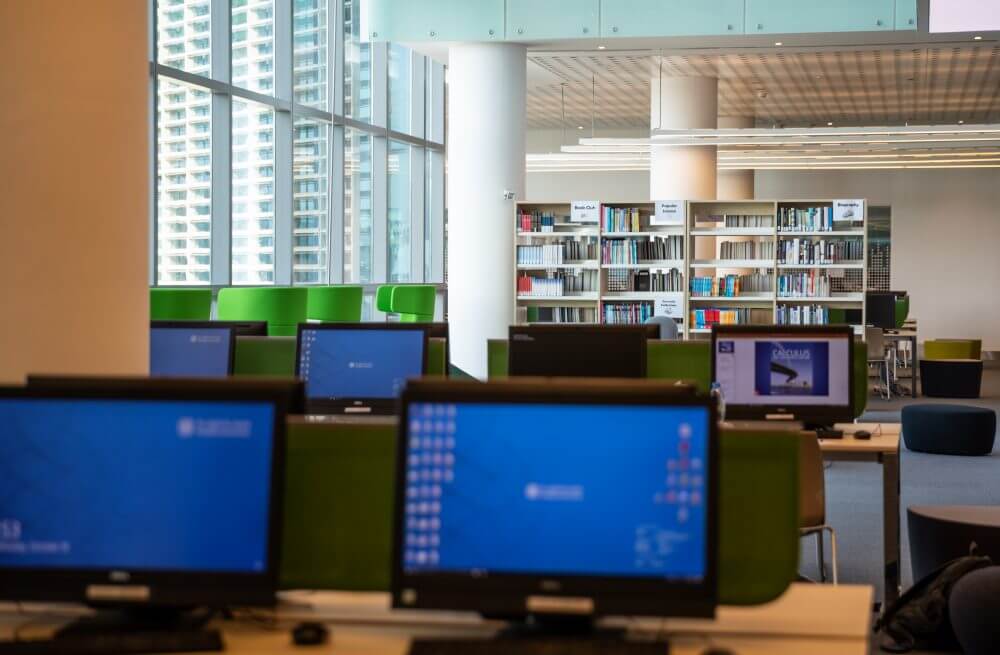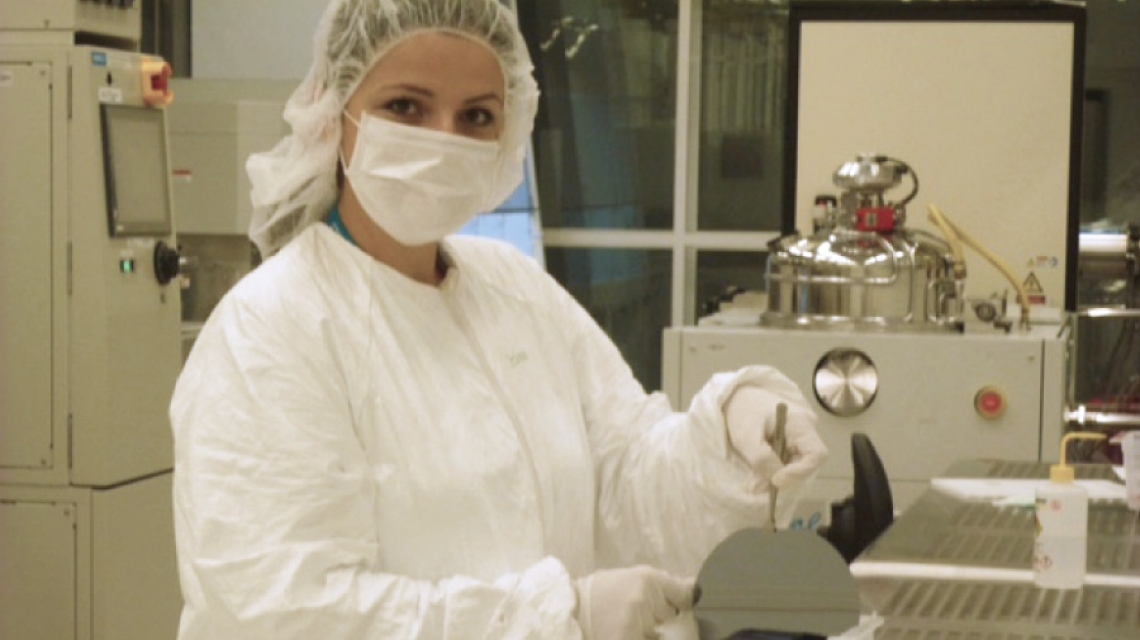
A poster on the innovative solar cell research of Masdar Institute PhD student Sabina Abdul Hadi has won the Best Poster Award in the “Light Management and Avant Garde Concepts” category at the preeminent conference dedicated to science of solar cells – the 42nd IEEE Photovoltaic Specialist Conference (PVSC-42), which took place last week in New Orleans.
The poster highlighted Abdul Hadi’s unique “step-cell” design that makes solar cells more efficient, which is part of her doctorate thesis research being conducted under the Institute Center for Microsystems (iMicro). With support from her supervisor, Dr. Ammar Nayfeh, Associate Professor of Electrical Engineering and Computer Science, Abdul Hadi’s research found a way to make tandem solar cells more efficient, with efficiencies reaching 32% for dual junction silicon based tandem cell.
The main reason behind a solar cell’s inefficiency is its inability to harness all of the sun’s energy in the form of light. The best performing crystalline silicon solar cells are around 25% efficient – meaning, they capture and convert 25% of the sun’s light into electricity. Tandem solar cells combine a top and a bottom cell of different materials, enabling them to convert more of the sun’s light into electricity because they make better use of the solar spectrum. The top cell absorbs light with higher energy (blue light) while the bottom cell absorbs light with lower energy (red light), thus providing an opportunity to develop solar cells with higher efficiencies.
However, one of that factors that has limited the efficiencies of tandem solar cells is that the top cell often absorbs sunlight intended for the bottom cell. To overcome this, the step-cell designed by Dr. Nayfeh and Abdul Hadi increases electric current in the bottom cell, thus increasing overall solar cell efficiency.
“Our design exposes the bottom cell’s silicon to direct sunlight,” explained Abdul Hadi. “The design is especially useful when there are buffer layers between the top and bottom cells which often absorb more of the lower energy sunlight intended for the bottom cell.”
Their results show that tandem step-cell design allows for more flexible cell material selection, which can reduce production costs without significant loss in overall efficiency.
Dr. Nayfeh said, “We are very thankful to receive the Best Poster Award at the 2015 IEEE PSVC. This is a great achievement for Masdar Institute and for PhD student Sabina Abdul Hadi. We are very excited and confident that our step-cell technology will provide a potential solution for low-cost, high-efficiency solar cell technologies.”
The PVSC-42 attracted over 1,500 participants and hosted a dynamic exhibition for companies and research labs to showcase their latest products and innovations ranging from characterization of solar cells to manufacturing, bringing scientists, technologists and students together with leading PV industries and organizations.


